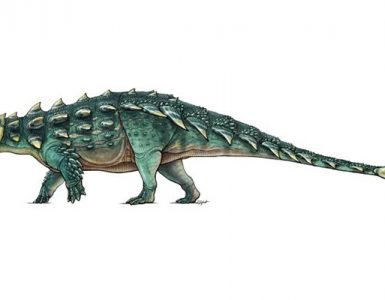The space agency has been looking at Jupiter and its moons for a long time for any traces of water or life. In this regards it has also made it clear that they will be looking at Europa, Jupiter’s moon, a lot more in the coming decade. In a statement, NASA said that Europa was the most likely to support life as it might have a liquid water ocean there beneath its surface. NASA also revealed its plan to send a spacecraft to Europa for further research.
 |
| Image: NASA / YouTube |
The agency has been keeping a track of the planet and its moons through its Pioneer and Voyager flyby missions. Jupiter has always been the planet of interest for the astronomers. It is primarily composed of gaseous and liquid matter. The diameter of Jupiter is 142,984 Km and the density is 1.326g/cm^3. The gaseous content is mainly dominated by hydrogen and helium. The other thing that makes it interesting is the storm that has been going on in Jupiter for a long time and never stops.
On the other hand Venus is known for its harsh conditions and temperatures. It was named after a Roman goddess of love and beauty. However, the true conditions are not that beautiful. In the end of June Venus and Jupiter will be very close to each other, less than a third of a degree apart which will be amazing to look at. Apart from the spectacle of these two planets, four moons of Jupiter will also be visible to the naked eye. Anyone with a telescope should definitely have a look at this cosmic event.



















